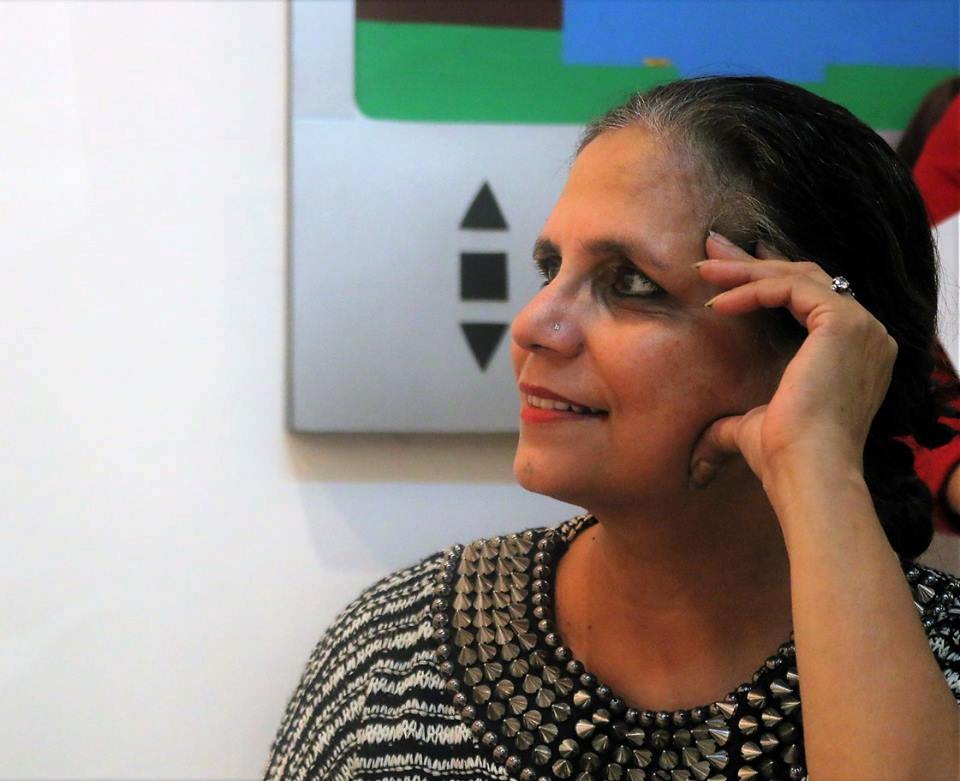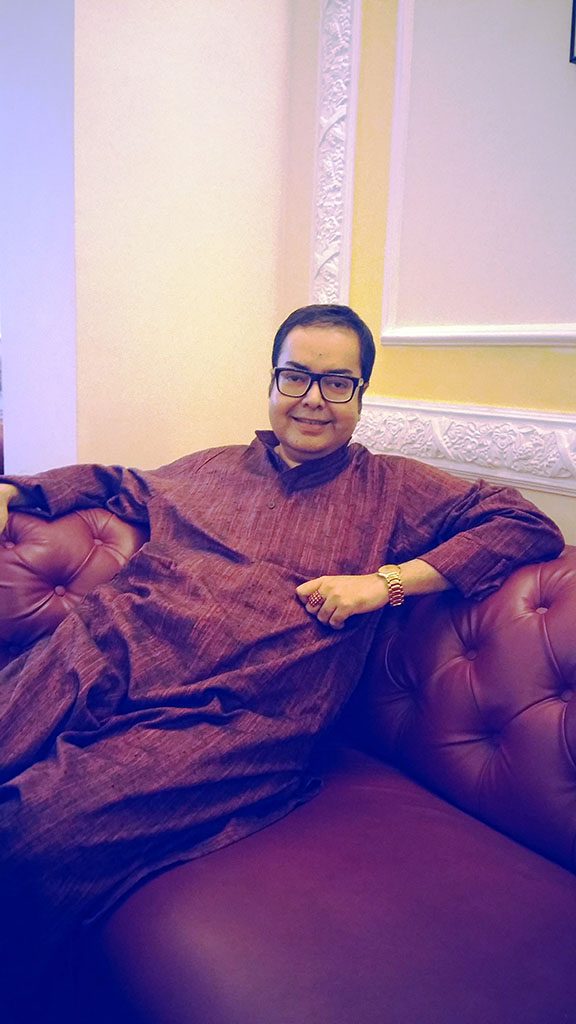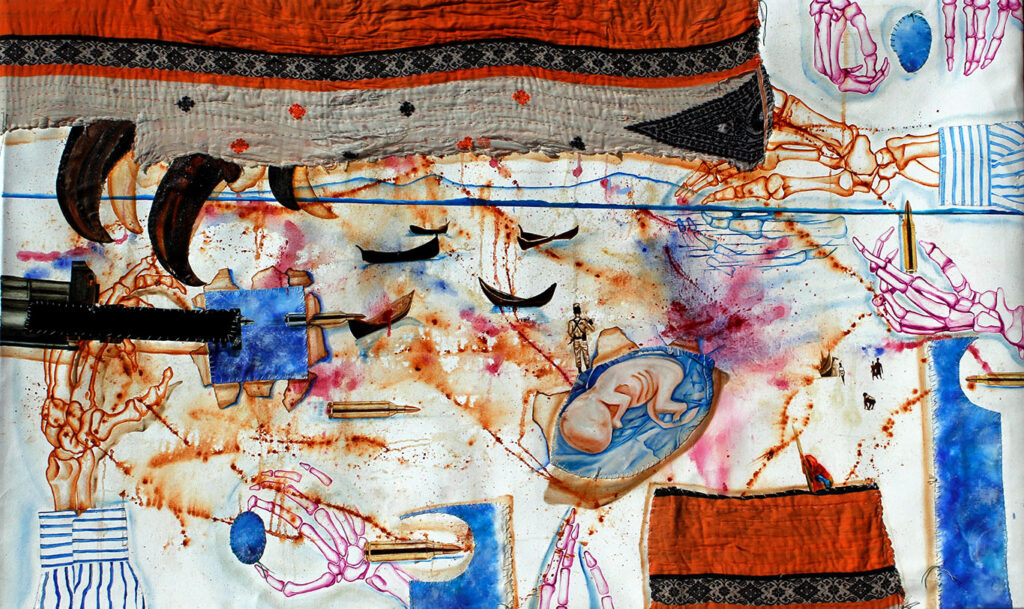WHAT are art galleries for? Do they exist to show- case the works of artists – painters, sculptors, installation artists and so on, so that art lovers, art collectors and the layman who often wanders in out of curiosity, can have their fill. Or, do they actually play a very significant role in attaching a market value to the work of an artist, that helps the artist to go on with his/her creative work? Do they help budding artists to carry on, and veteran and established artists to reinforce their recognition in the creative world of art and culture?
The role of art galleries
Art galleries are at the core of the value process, especially for peripheral artists, as gatekeepers. They select aspiring artists, shape demand through their clientele, and some even redefine their role to become art producers (gathering funds and coalitions around artistic projects). As such, galleries illustrate the ideal type of cultural intermediaries and their structural dilemmas; translating artistic value into economic price and vice versa, matching consumers’ tastes and artists’ innovations, combining artists’ interests and their own interests as entrepreneurs. These factors are brought out very clearly by Oliver Roueff in his scholarly paper, Elite Delights: The Structure of Art Gallery Networks in India (South Asia Multidisciplinary Academic Journal, Sociology of India’s Economic Elites, 15/2017).

Indian galleries v/s galleries abroad
This writer roped in three very significant artists across the board and one art curator to get to the bottom of the art scenario in India, vis-à-vis, art galleries, artists and curators. Daughter of the renowned Bengali poet, the Late Mangalcharan Chattopadhyaya, Samita Basu, is a contemporary Indian artist, whose work straddles multiple media. Essentially self-taught, she is constantly inspired by themes that are ‘permanent and of durable relevance’. Basu spoke about how art galleries fare in India vis-à-vis galleries beyond shores, whether galleries are financially viable, the growth of informal spaces as art galleries and the role of the curator as a liaison between the artist and the gallery.

Says Basu, “Galleries abroad have multiple roles both visible and invisible. They spot young talent, incubate them, nurture them till they are ready to be showcased. The galleries also guide artists old and new, to institutions, museums and collectors. Their primary function is to facilitate the artists’ creation of better work. They also collaborate with other galleries through shows, lectures, seminars and so on.”
Kurchi Dasgupta, artist, painter, writer and translator, is based in Kathmandu, Nepal, and has been witness to the abolition of the monarchy which had reigned in Nepal for 240 years, and the transformation of Nepal into a federal democratic state. As an artist she specialises in abstracts and miniatures using gouache. She is currently focussing on bringing the two disparate, yet similar, worlds of film and painting together, through a series of oil on canvas on world cinema, to be shown in London in September 2008. She says, “Art galleries in India vis-a-vis art galleries abroad are in link with artists. The main difference would be that most major galleries abroad have a list of gallery artists whom they pay periodic retainers in exchange for complete or partial exclusivity in terms of representation. This does not seem to be a popular practice in India though there are a few exceptions, of course.”
Delhi-based artist, and installation artist, Durga Kainthola, says, “Galleries abroad are more professional and there is a contract signed between the artist and the gallerist and thus an artist is faithful towards the gallery whether the artist`s works are sold in a given period or not. This support system thus gives the artist a financial aid so that he can follow his passion of making works of art. India has a long way to go in replicating the galleries of the West and I would say don’t compare because Indian commercial galleries are only a few decades old and have still a long way to go. Signing of contract did begin in India with few artists, but I believe it failed not because of the artist but more due to the attitude of the gallery as most Indian galleries do not like to give account of artist`s sold work. The moment the artists ask for account their relation will the gallery falls apart.”
The curator plays a crucial role
Commenting on the role of the curator Sounak Chackraverti, a well-known curator of long-standing based in Kolkata, who recently curated the massive Art Mela at Arts Acre, Kolkata, says, “In the contemporary art scenario, the role of the curator is of great importance. The gallery, the artist and the curator should work in synergy to achieve the best. A gallery can support and promote the artist but for that the curator is indispensable. It is the curator who will place the emerging artist among the many established names. This positioning of the artist is pivotal for the growth of the artist. A curator is not merely an organiser, but much more than that, so he/she should be well-versed about the contemporary art practices and also should have a sound knowledge about the history of art.”

Asked to comment on whether art galleries today are commercially viable, Kainthola says, “Galleries can’t solely depend on sale of art. The recession all over the world has put the artist and galleries in similar situations, and only those galleries are surviving who have sprawling business to support their side business of an art gallery. Further, the demonetisation in 2016 in India, has paralysed the art sale remarkably.”
Samita Basu strikes a different note and says, “Following the economic boom of the 1990s, the role of art galleries came to the fore – to nurture and shape artists to realise their full potential and take recourse to innovative marketing practices in terms of recognition and price. They also need to promote art appreciation and artist recognition, leaving the artists to do what they are meant to do – create.”
Says Dasgupta, “It depends on the kind of artists they represent or deal with. The market for classics and older, ‘famous’ artists is still very strong, and galleries who deal with their works can easily sustain themselves. But those trying to represent newer or emerging artists find it difficult because of the financial risks involved. To create a demand for such artists, a sizeable amount of initial investment is required. Smaller galleries often have to shy away from such expenses for obvious reasons. It is a paradox of sorts, because it is again the smaller galleries that want to show less exposed mid-career and even emerging artists. But they lack the means. While the bigger galleries, who have the means, do not want to show new, experimental work from less established artists.”
Are informal spaces an option?
The demand for art galleries is much more than the supply of galleries in India, because artists are growing in number every passing day. With the merging of art with photography, digital art, video, installations, and so on, the number of artists also is multiplying. In order to sustain themselves, they need to showcase their creations. To fill this gap between demand and supply, informal spaces are now being converted into small galleries open to creative artists, at prices lower than established art galleries across metro cities.

Chackraverti adds, “Whenever we think of an art exhibition, we think of the white cube, i.e., a sprawling gallery space, with clean walls and apt lighting. But art exhibitions can also be organised at informal spaces, such as a garden, in a balcony, even in a courtyard or a park. One has to assure proper display. Displaying art objects or paintings or sculptures is a tough job. One needs to visualise first, and arrange accordingly. The first thing that comes to mind when we talk about informal spaces is the roadside. Artists in Kolkata had organised several art fairs on the streets (behind the New Market) near the Chowringhee area, which was then known as Chaplin Square. This was probably in the 70’s. To make art more accessible to the hoi polloi the road or a park is the best option. The passerby can halt for a few moments and look at the displayed art.”
According to Kainthola, “Informal spaces for exhibiting art are becoming common in metro cities, and they are turning out to be commercially sustainable. Not every gallery can afford its own space, and the rent is very high. Renting an informal space is easy on the pocket as the exhibition/show lasts as per the financial condition of the gallerist/ exhibitor.” She adds, “If the curator is well educated about art, the exhibition is bound to be interesting, but one has to know that good art is not always commercially successful, and if the gallerist is also well acquainted with contemporary art all over the world, then it surely takes two to tango.”
Basu begs to differ. She says, “Informal spaces per se cannot do much for art. The art work at the Oberoi or the arts exhibited in the lobby of the Taj Group in different cities, do not do anything to promote the artist or his/her art.
Informal spaces can only substitute galleries if these are curated by an art curator. Art needs write-ups, promotion, contacting buyers, etc., which only a curator can achieve. The curator has a very important role to play as liaison between the artist and the gallery, be it in an informal space, or in an established gallery. Today, parts of heritage buildings are also being converted into informal spaces for exhibiting art works, which is a very good thing. Each and every curator has his/her favourite artist he wishes to nurture and promote, and most of them are established. The curator rents his art space to promote his/her favourite bunch of artists. No artist therefore, needs to exhibit his art continuously.”
Dasgupta says, “The role of the curator is becoming increasingly important as a link between artists and galleries, as they are responsible for intervening in popular discourses, or initiating new ones. To retain relevance, a gallery must make use of a range of curators with varied specialisations.”
“Within the body of existing work on contemporary art worlds, India has not yet been subject to much investigation. Important studies do exist, as shown above, but a systematic empirical inquiry into the Indian art world as a whole has yet to be made,” writes Oliver Roueff.


 [/column]
[/column]